Learning to Develop Film at Home: My First Rolls

Last weekend I decided to take the leap into developing some of my photographs. I used the Ilford & Paterson Film Processing Starter Kit to develop the film and my Plustek OpticFilm 8200i to scan in the negatives.
Overall the process took about 1 hour to develop the film and 2-3 hours to scan in both rolls. The development part was a lot of fun but a little nerve-wracking considering that it's difficult to start once you stop.
I shot these photos on a combination of my Nikon AF210 and my Nikon F3 using Ilford's HP5 Plus 400 ISO B&W film.

The first roll of film I developed was from the Tacoma Photo Club's September Photo Walk. I figured that was a safe space to take some pictures that I might lose to a beginner's mistake. Our event was a collaboration with Seattle Photo Walks and we had almost 60 people show up at the Museum of Glass in Tacoma.
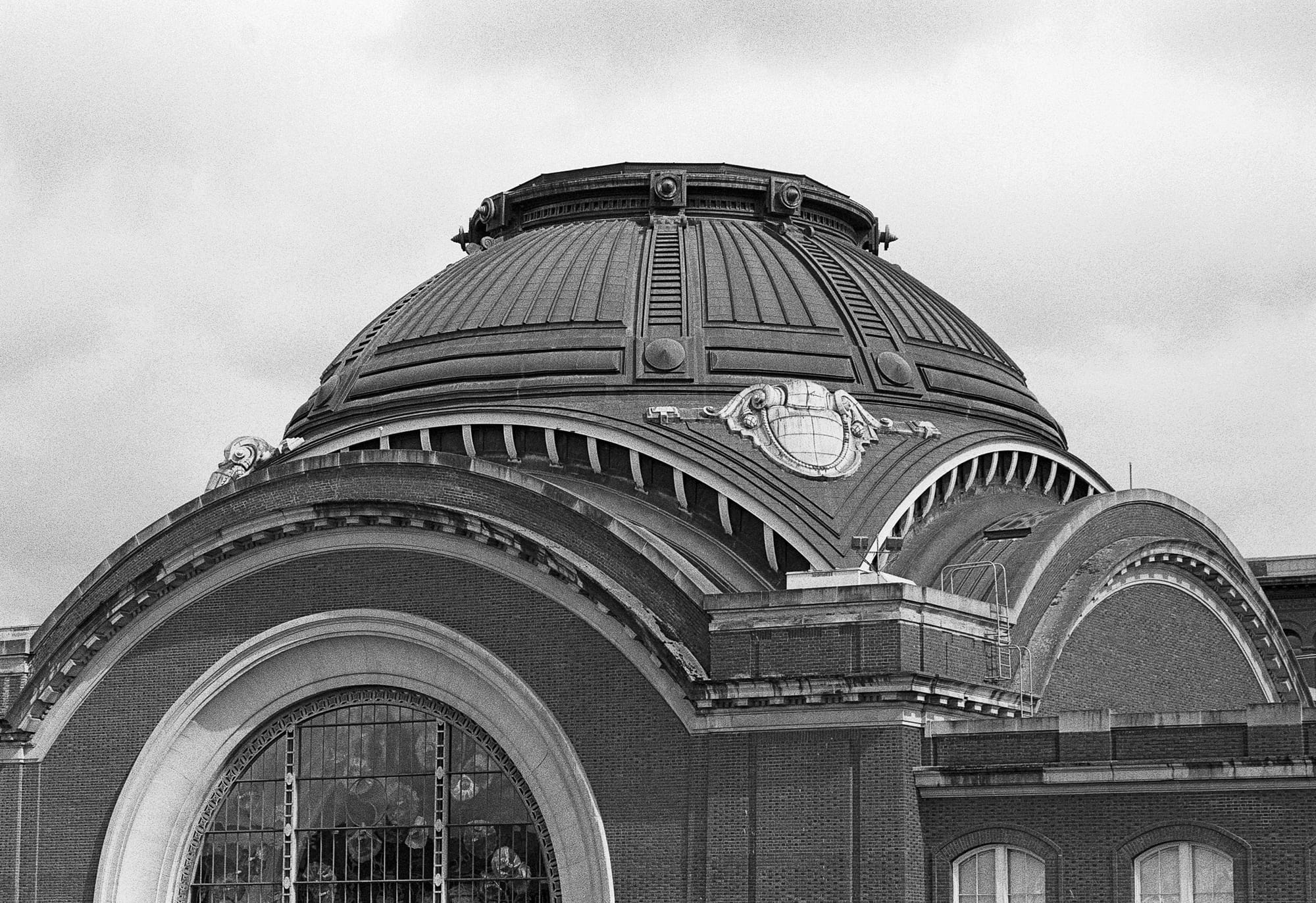
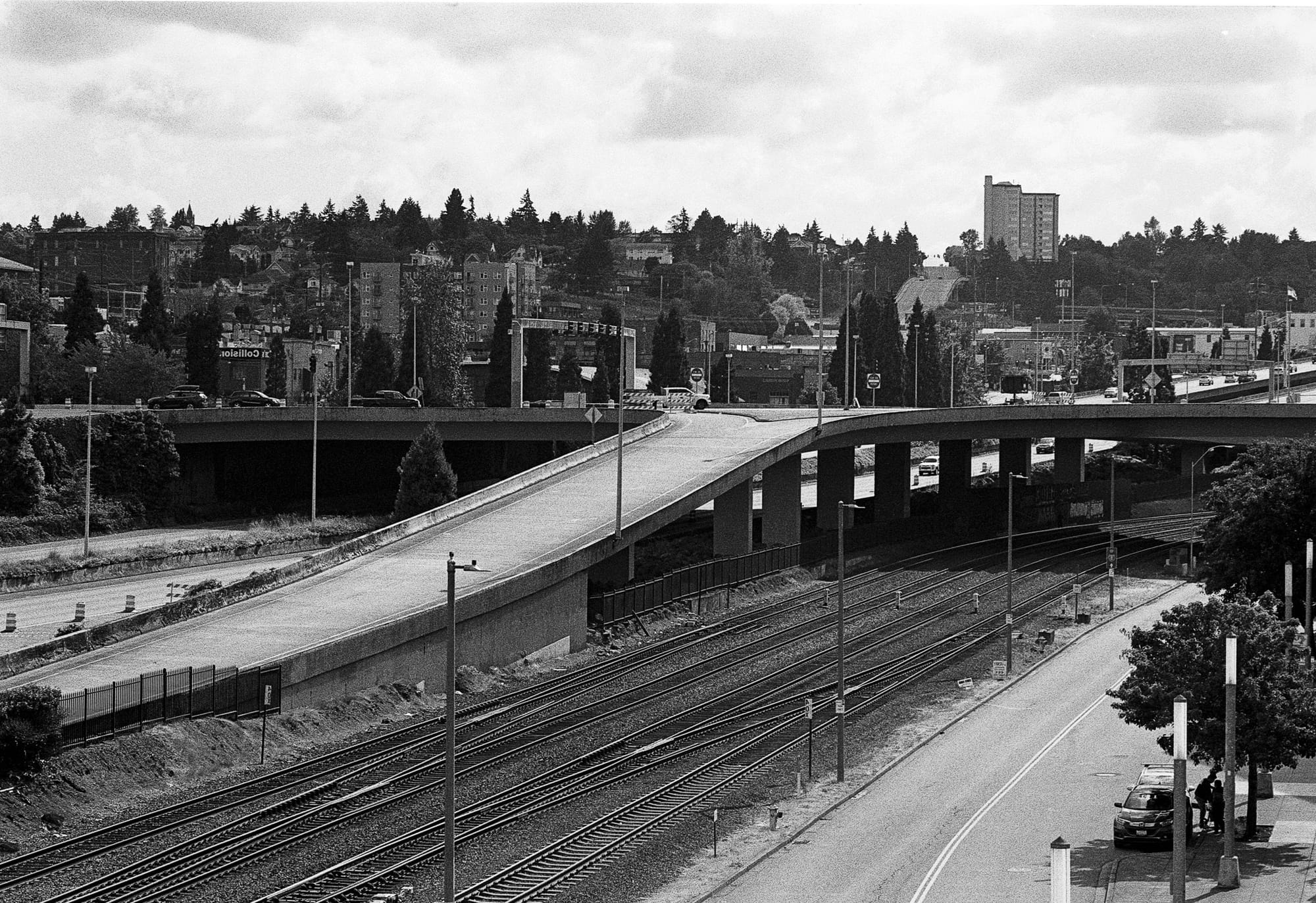
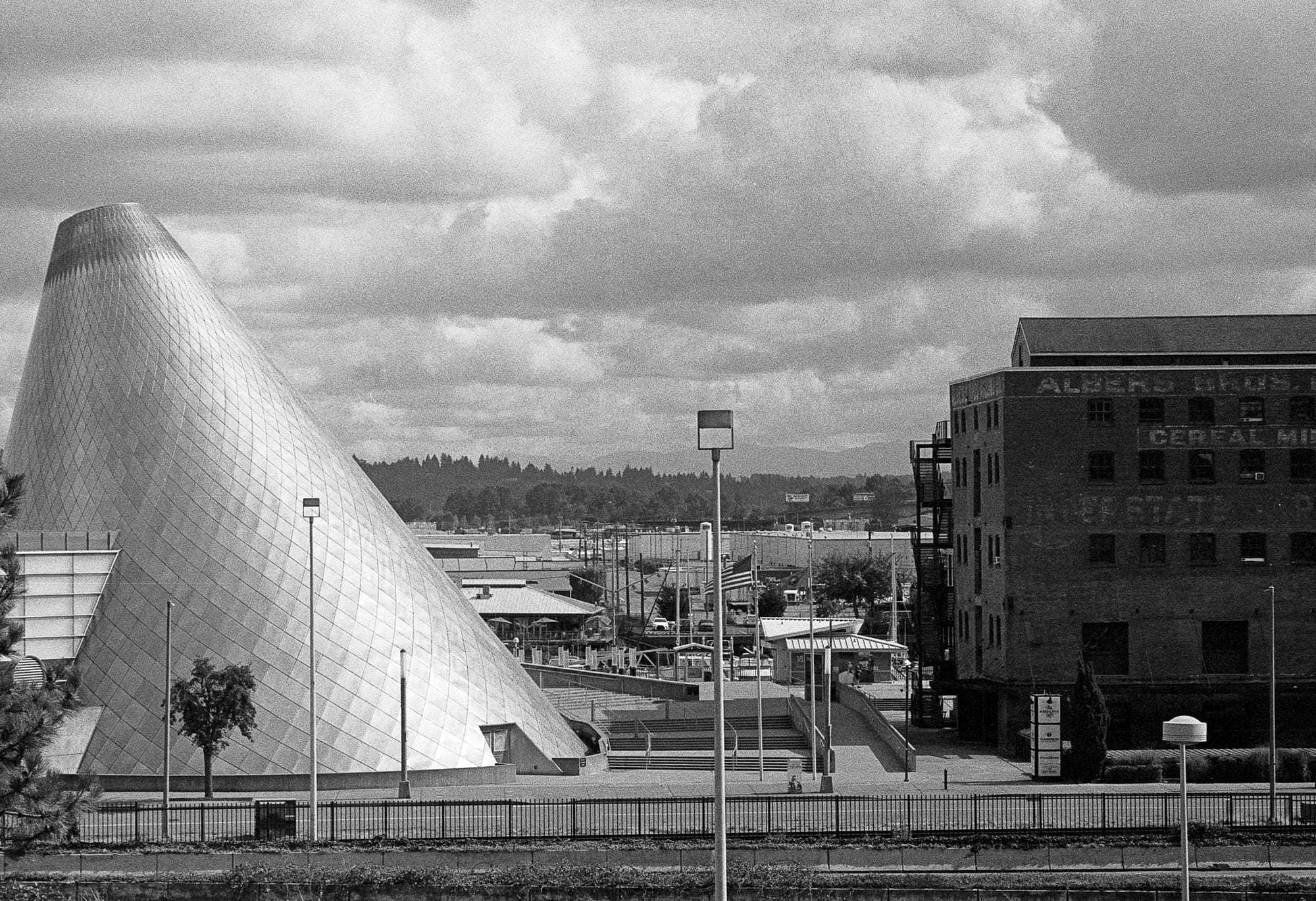
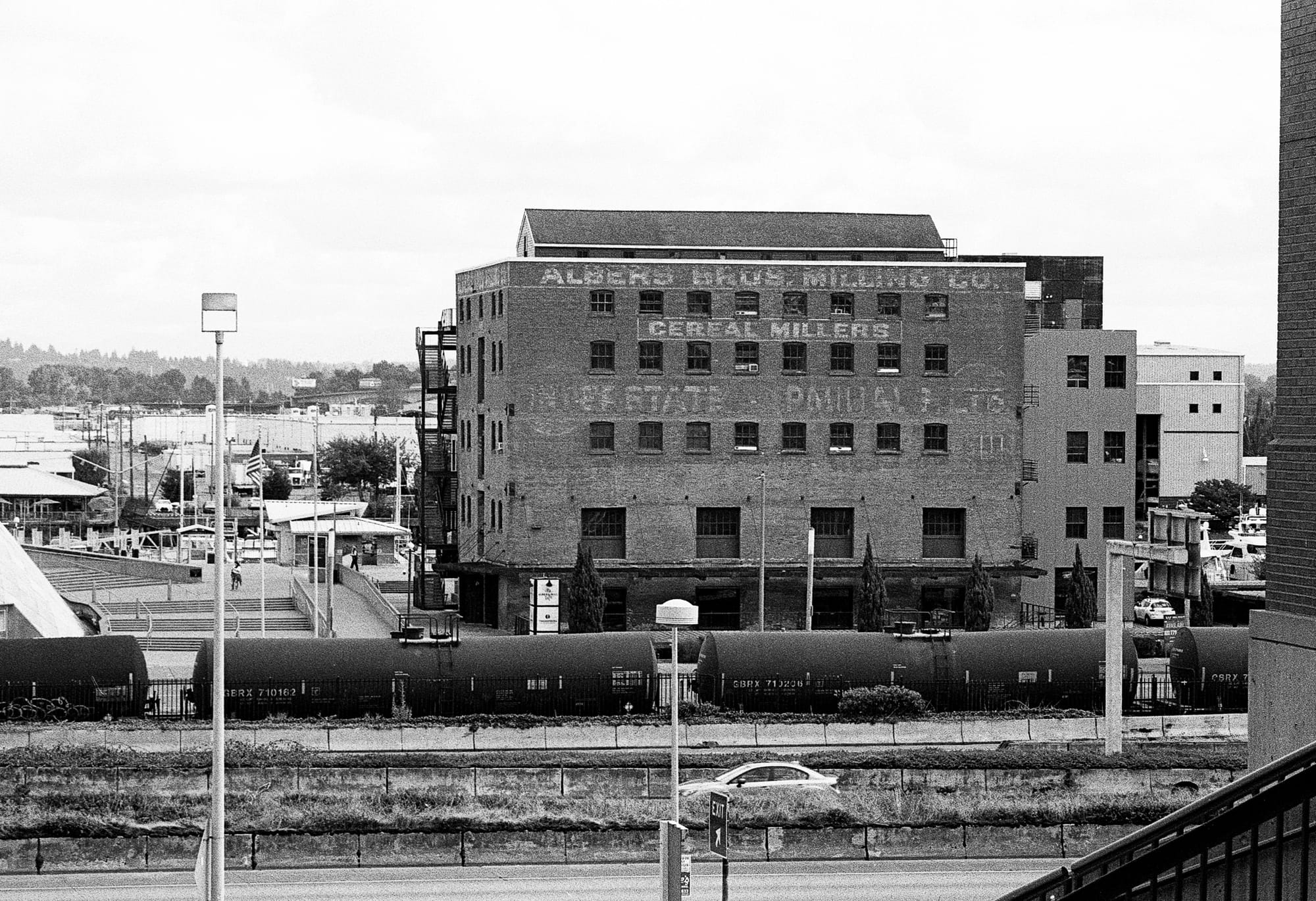
Architectural shots in Downtown Tacoma
I've been really loving shooting with my Nikon F3. It's a powerhouse of a camera and just feels great to use. It's not my first pick when I walk out the door because of how heavy it is; but if I know I'm going out with the intention to shoot then it's the first thing I reach for.
One thing that my Nikon F3 that my other cameras can't do natively is the double exposure which exposes a single frame twice. In this first photograph down below I took a shoot of some plants and then immediately took a portrait of my friend. The camera has a mechanism to hold the film in place for 1 advancement.
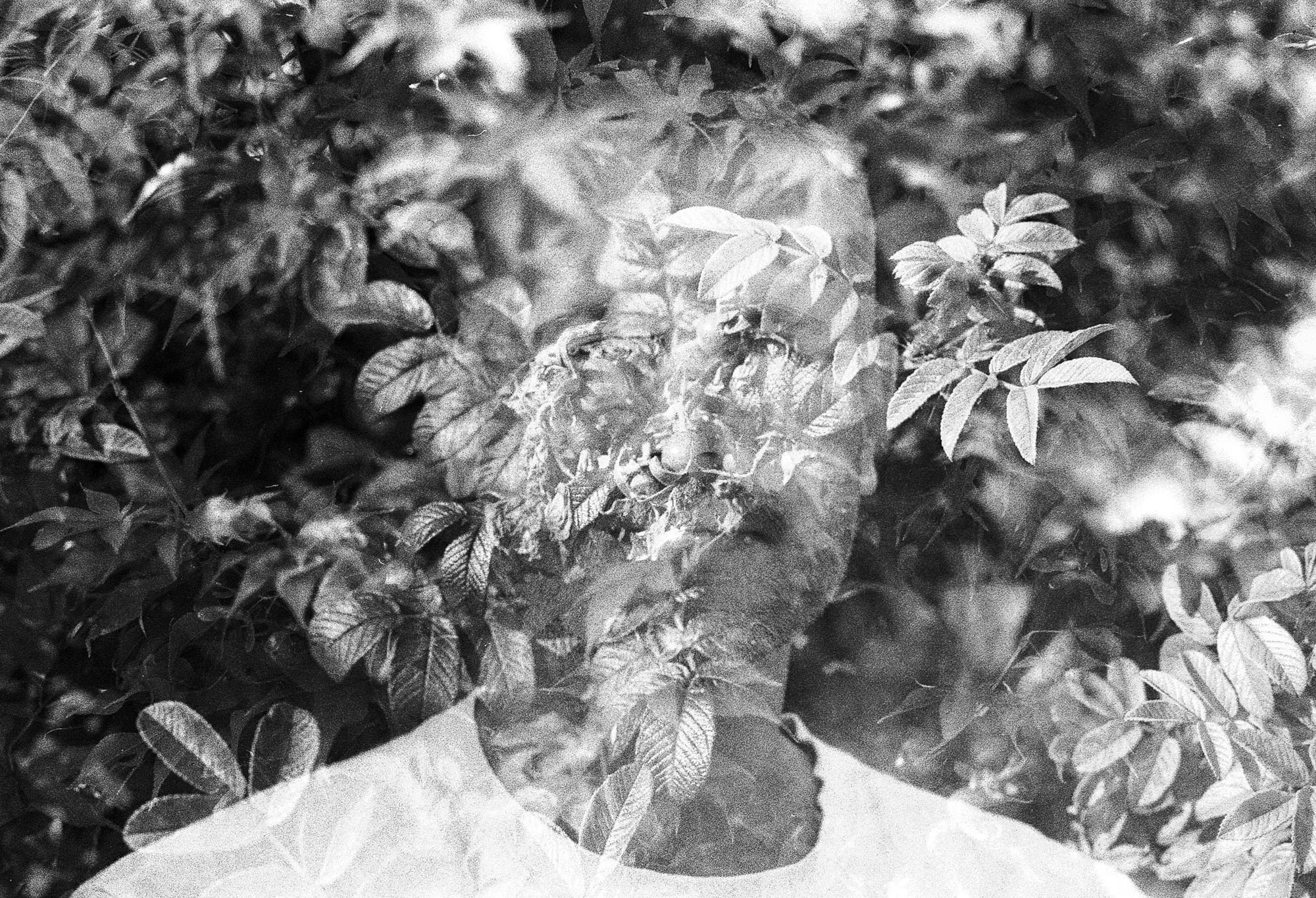
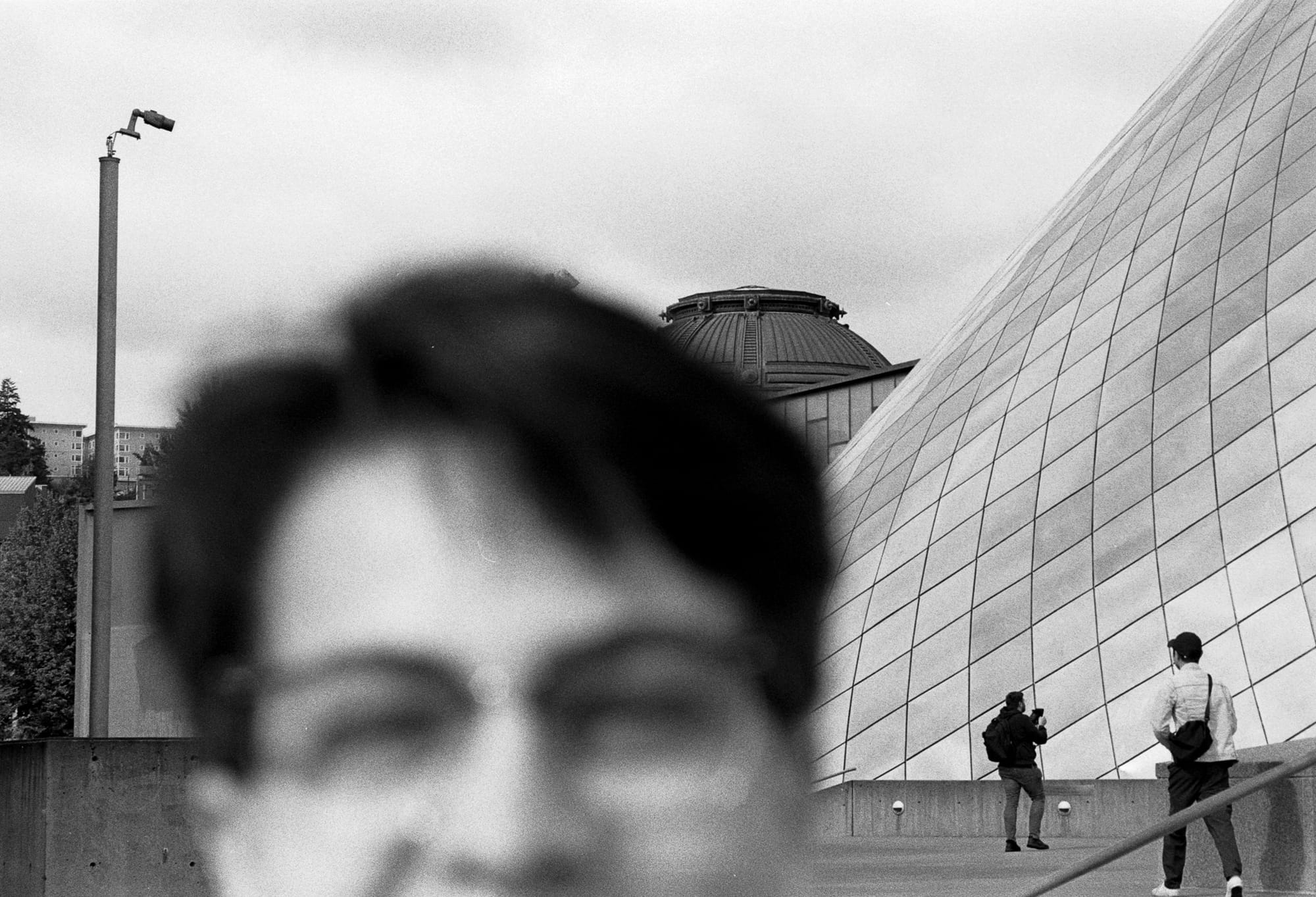
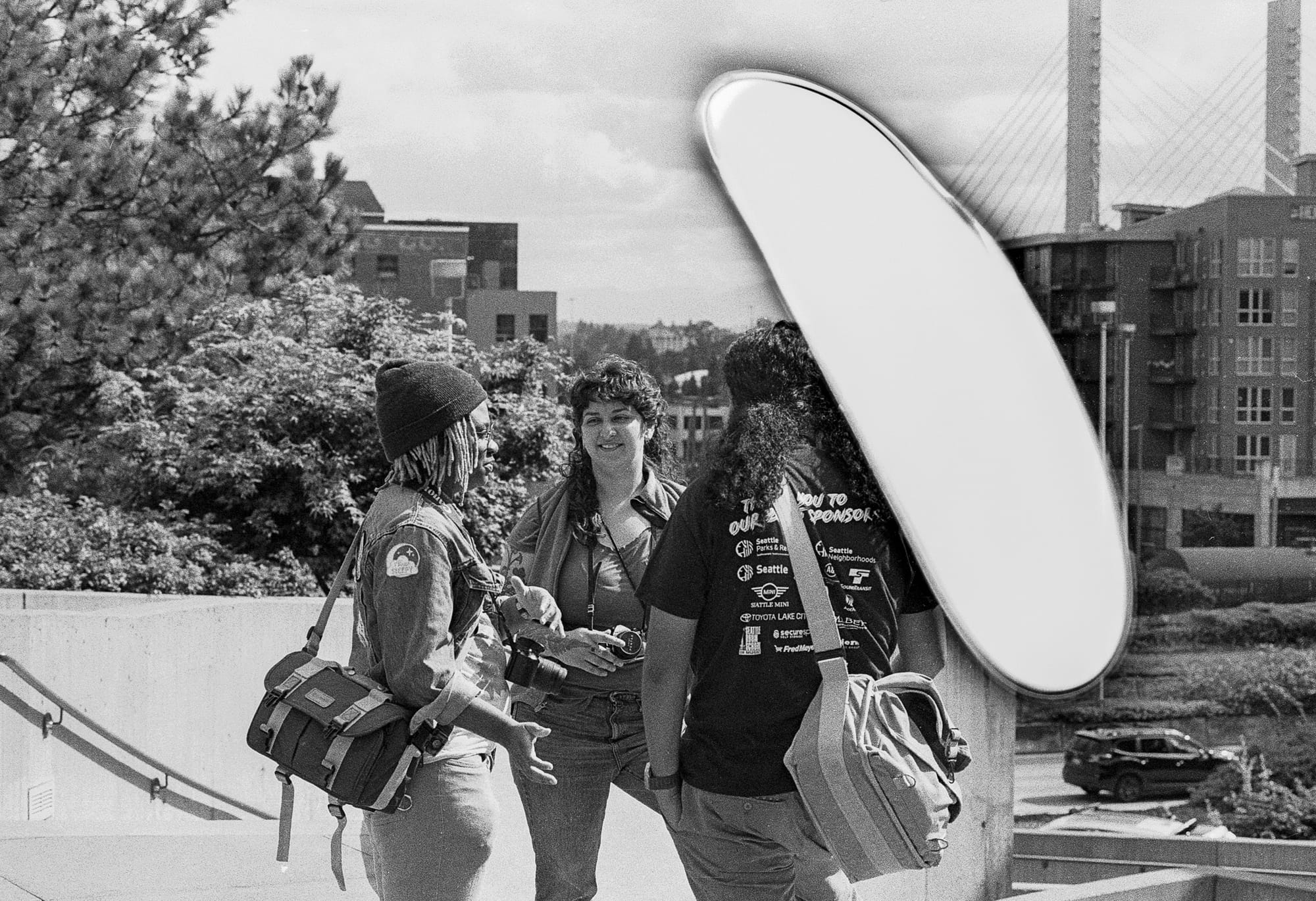
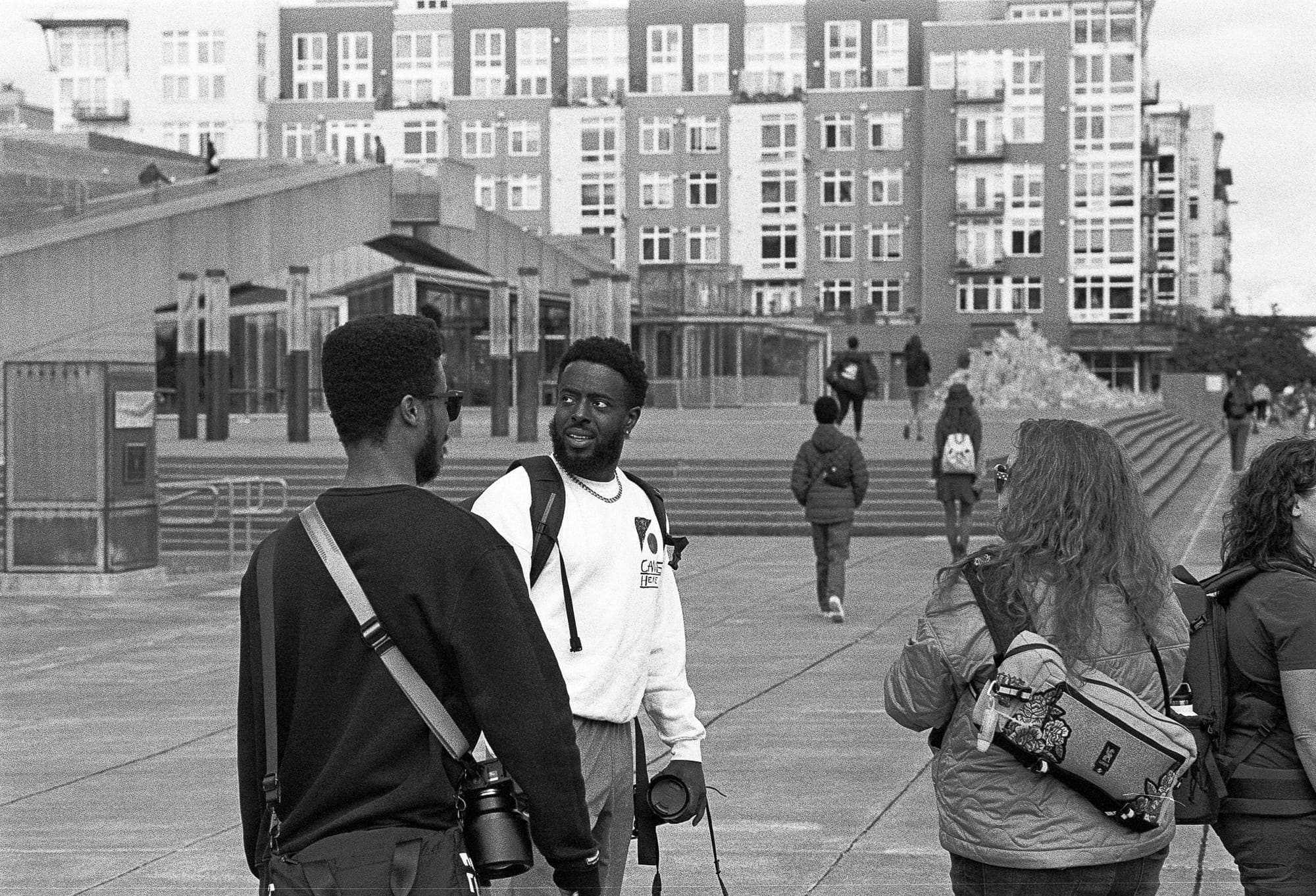
Individual and group shots of the Tacoma Photo Club members
The second roll of film was definitely a bad choice for the event. The theme was "Pink Pony Club" and the monochrome images definitely don't convey that.
One thing I like about B&W photos is that they force you to use the light and shapes to tell the story. I blew through this roll pretty quickly because I knew I wanted to develop at home later, and I didn't put a ton of effort into each frame because I wasn't even sure they were going to turn out.
These photos were taken on my Nikon AF210 which is a dead-simple automatic point and shoot camera from the 90s. One of my biggest issues with it is the fact that I'm used to SLR cameras where I can tell if my finger is covering the lens... so keep an eye out for my fingers in the top right corner of some of these pictures!
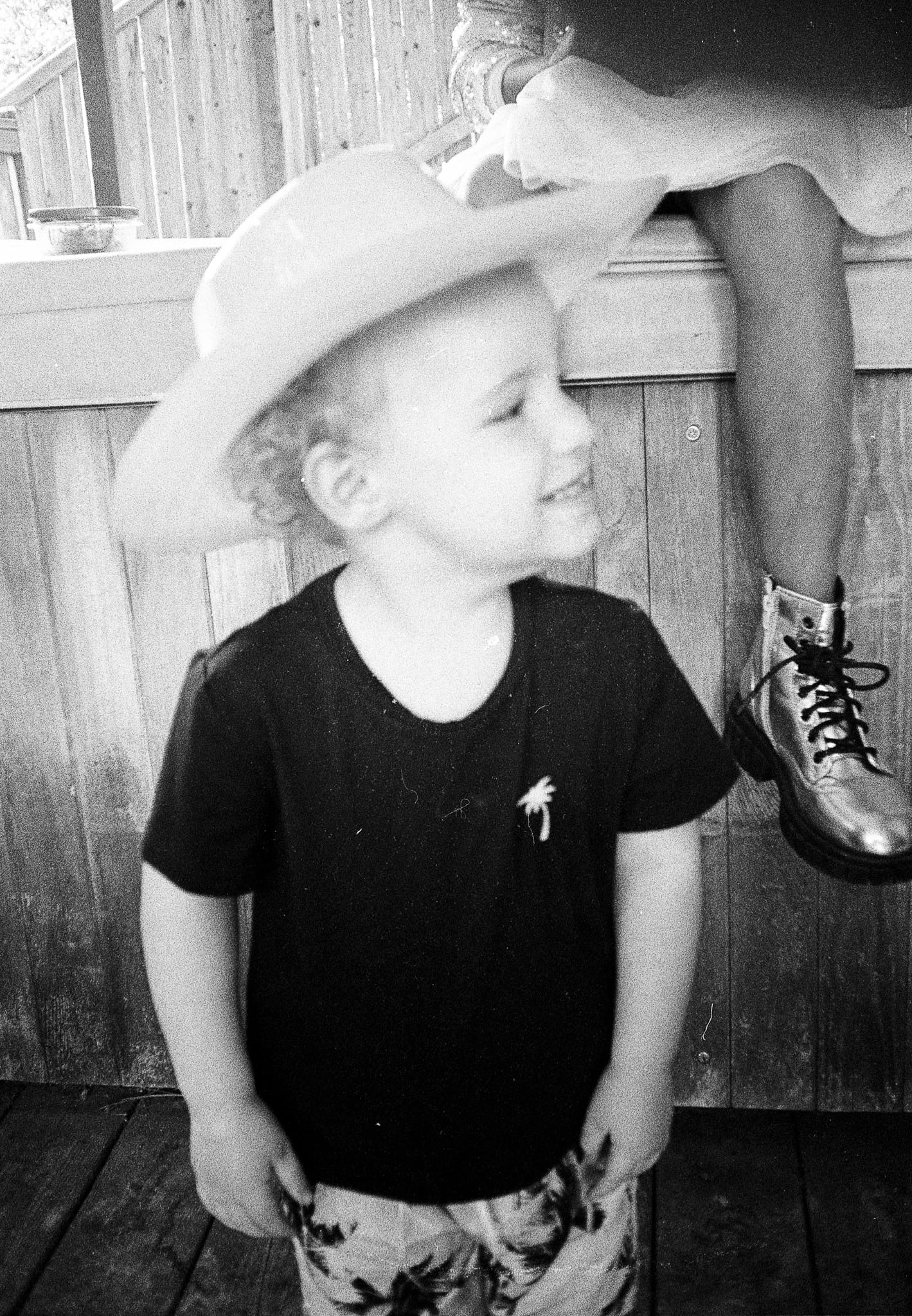
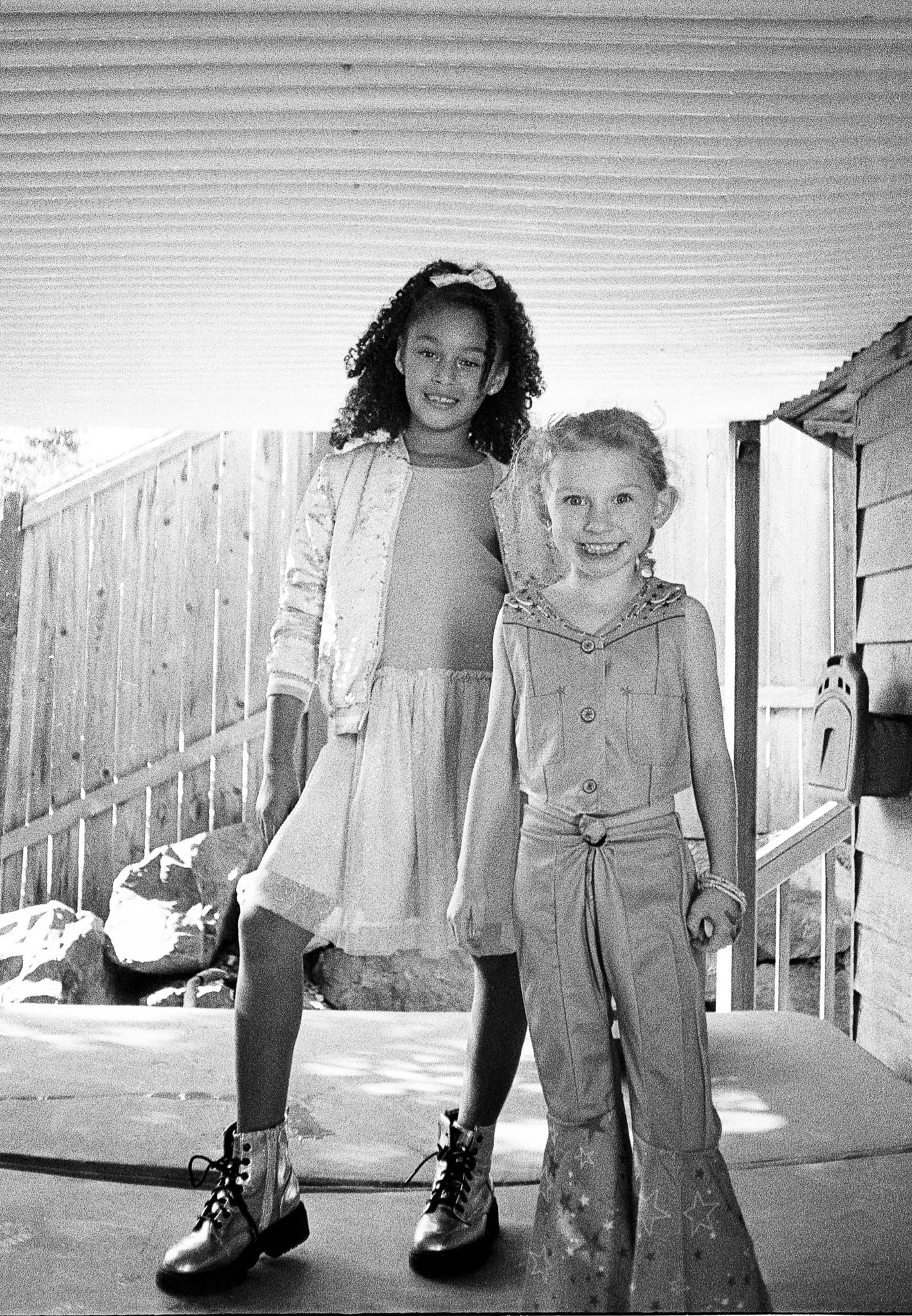
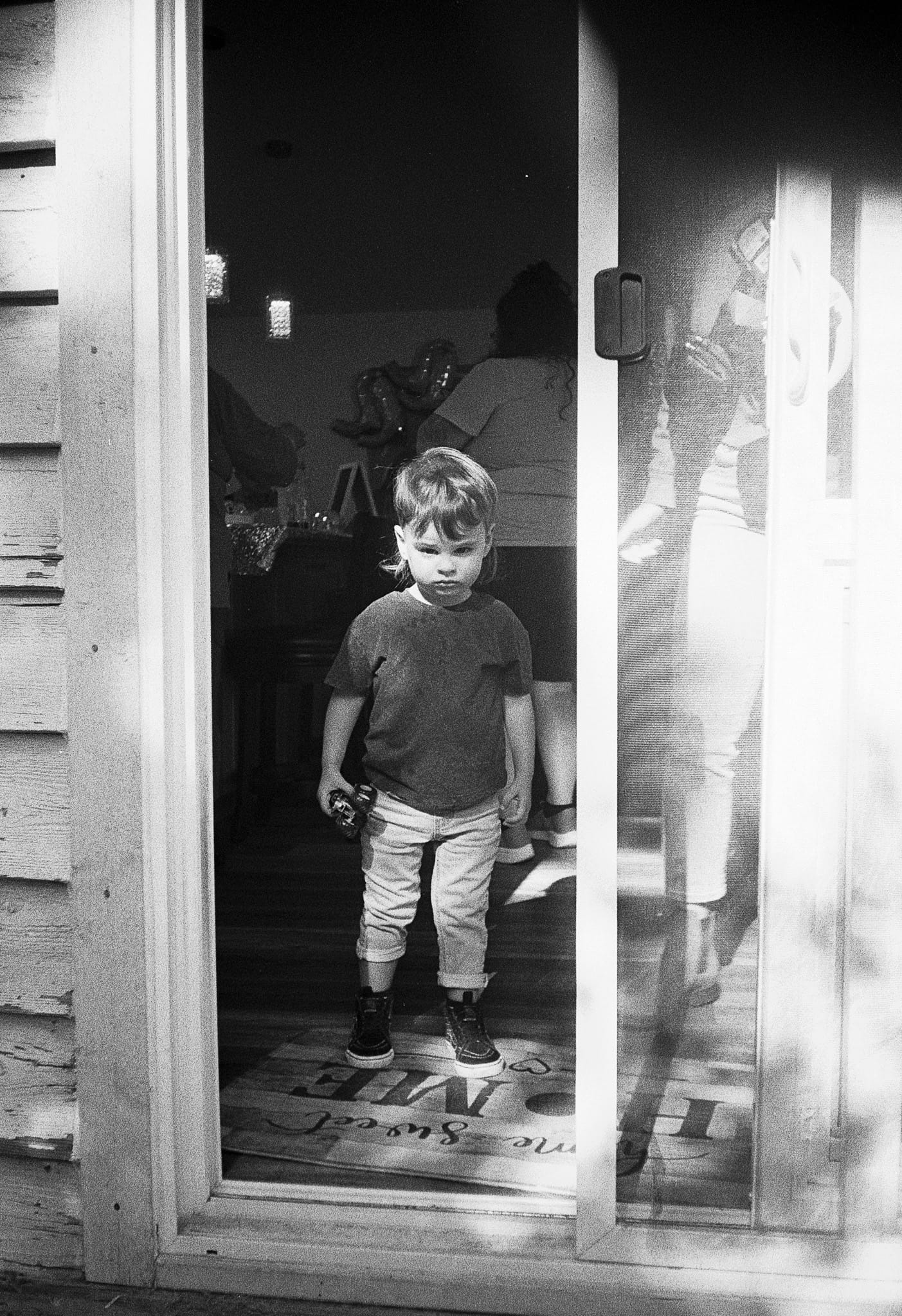
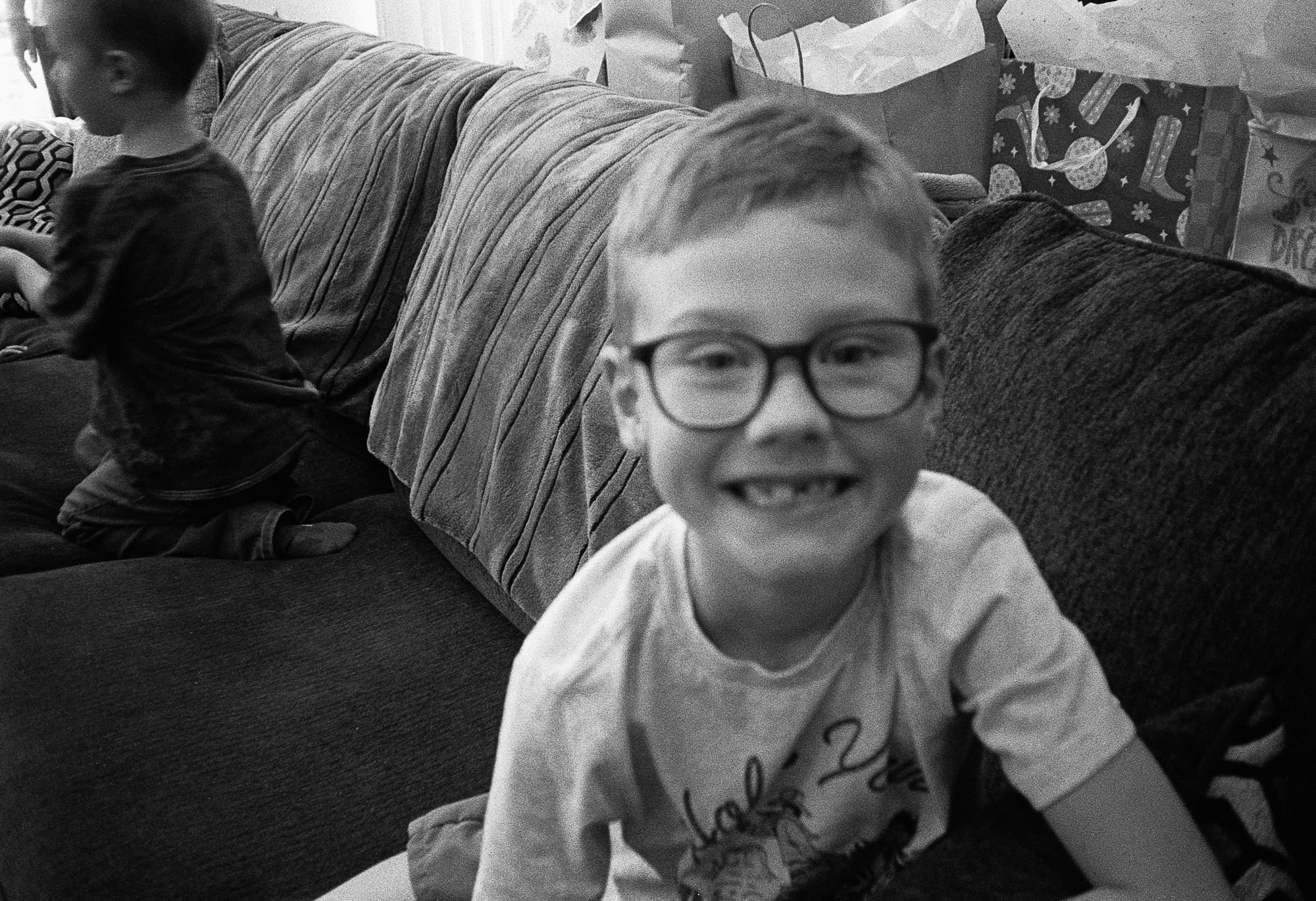
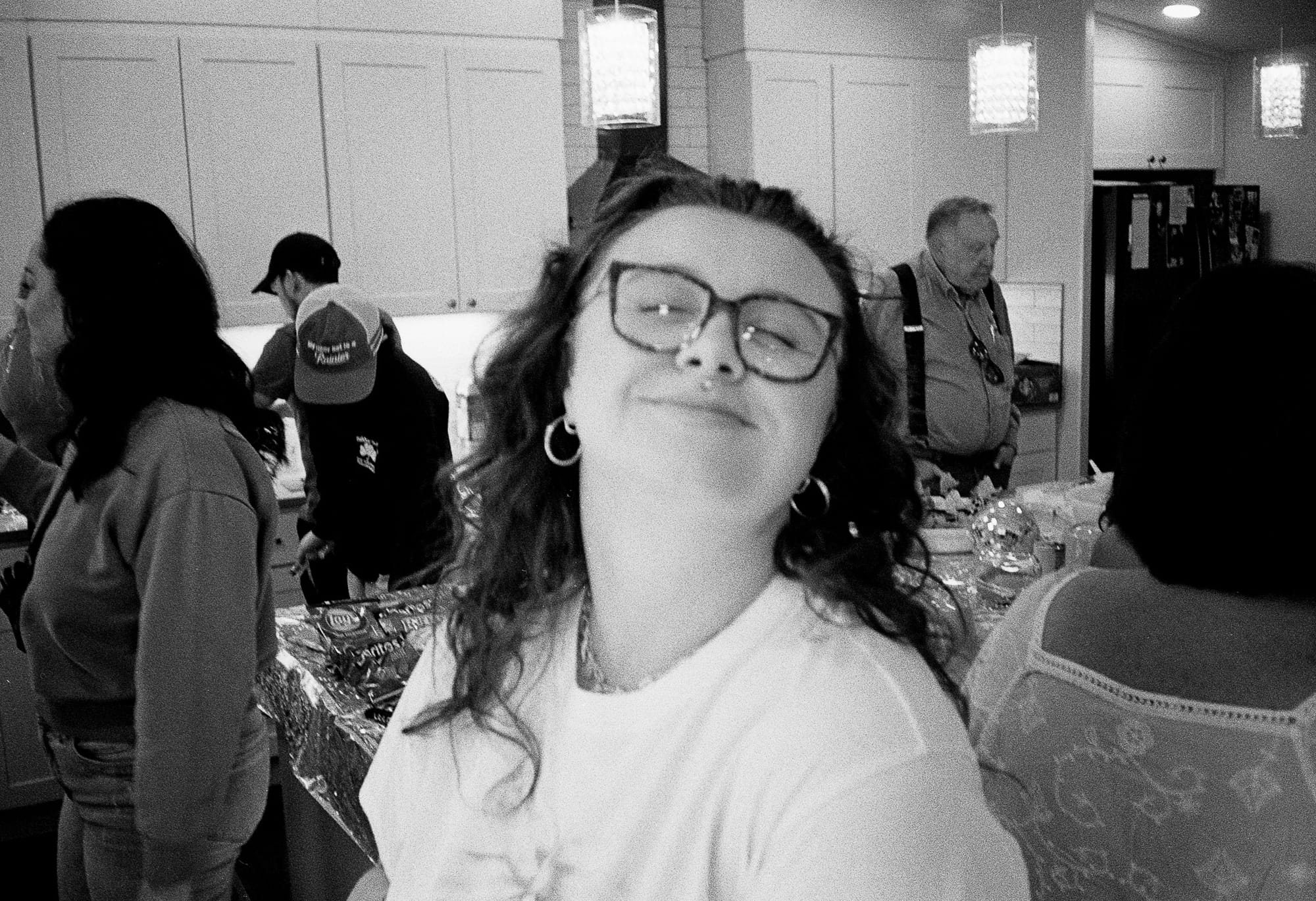
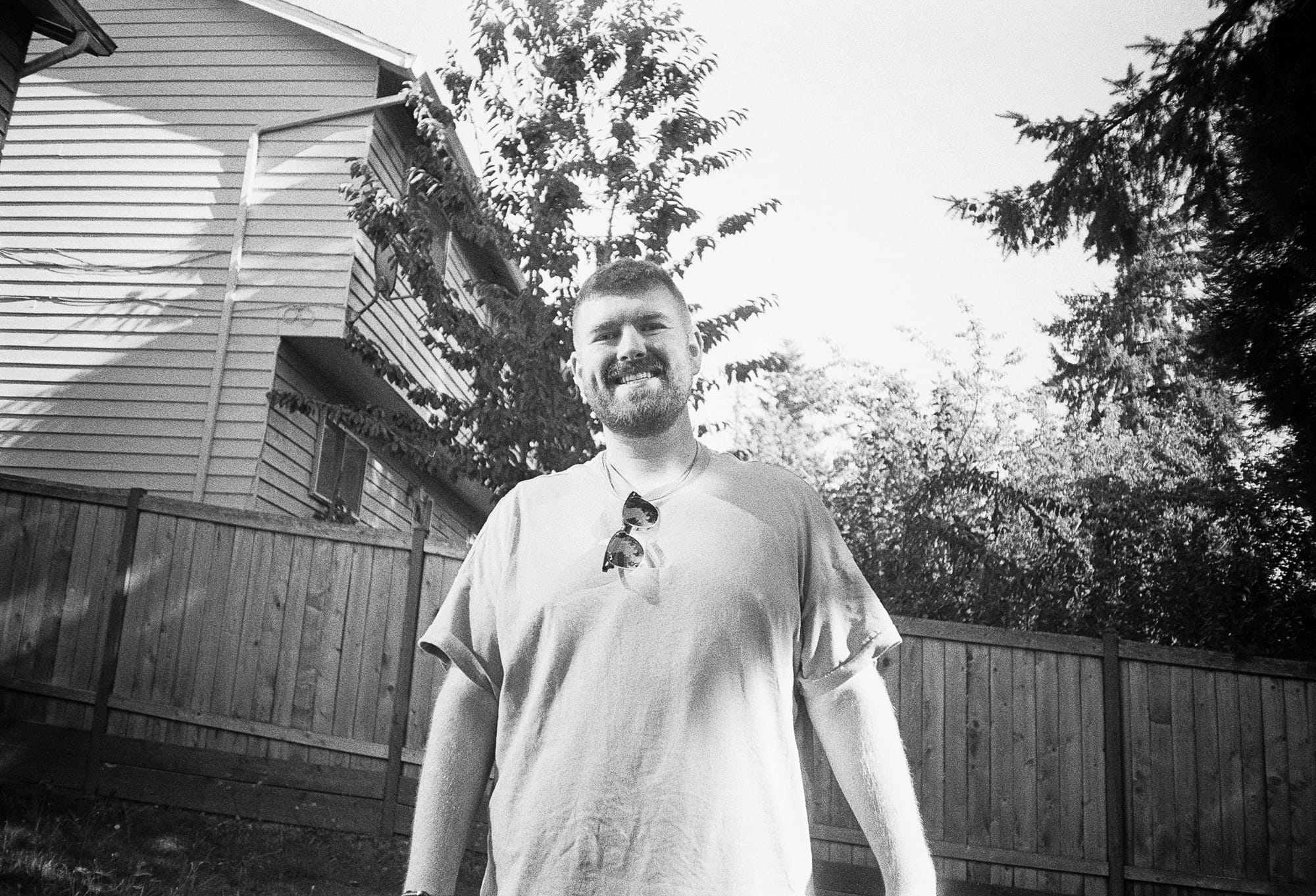
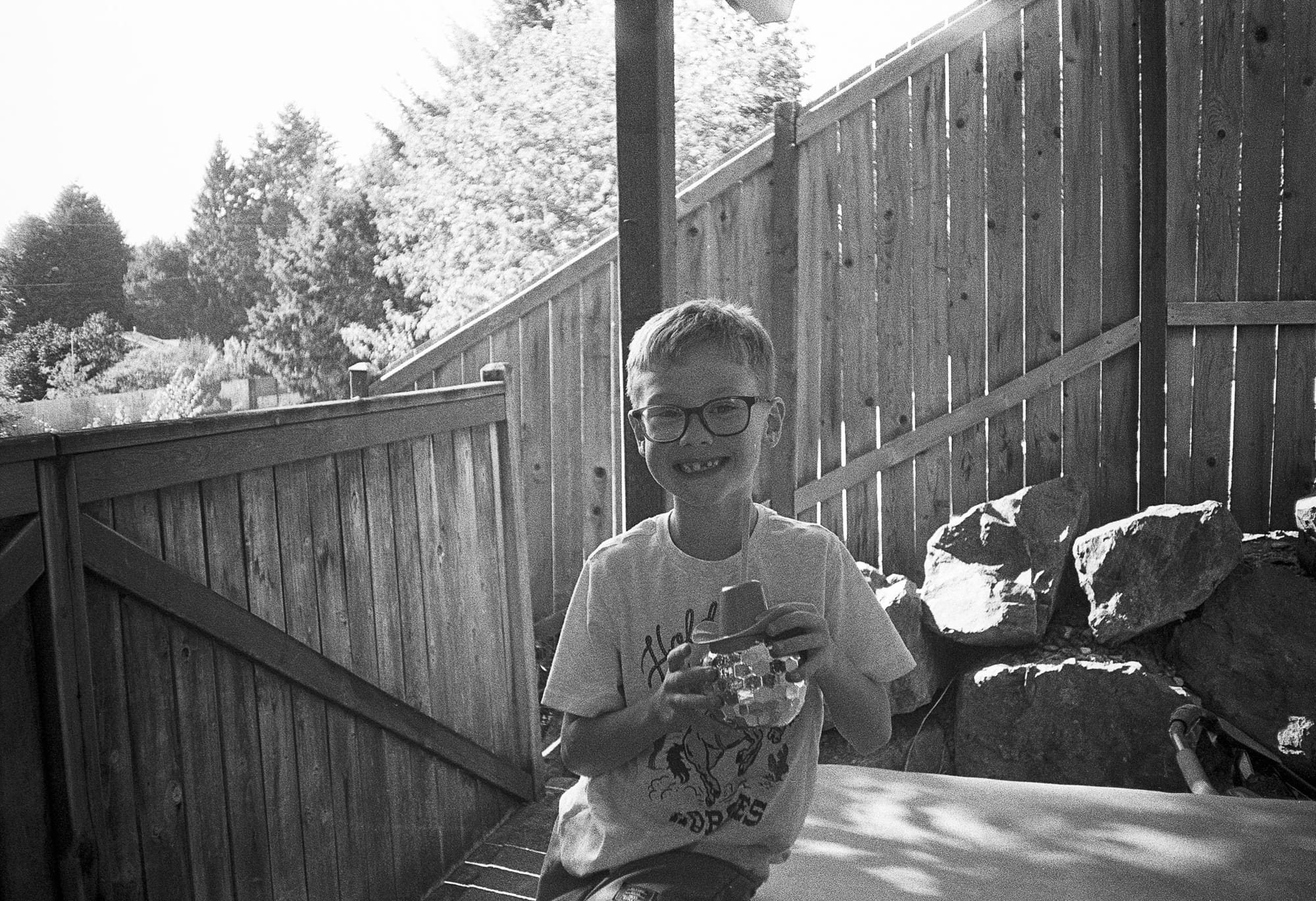
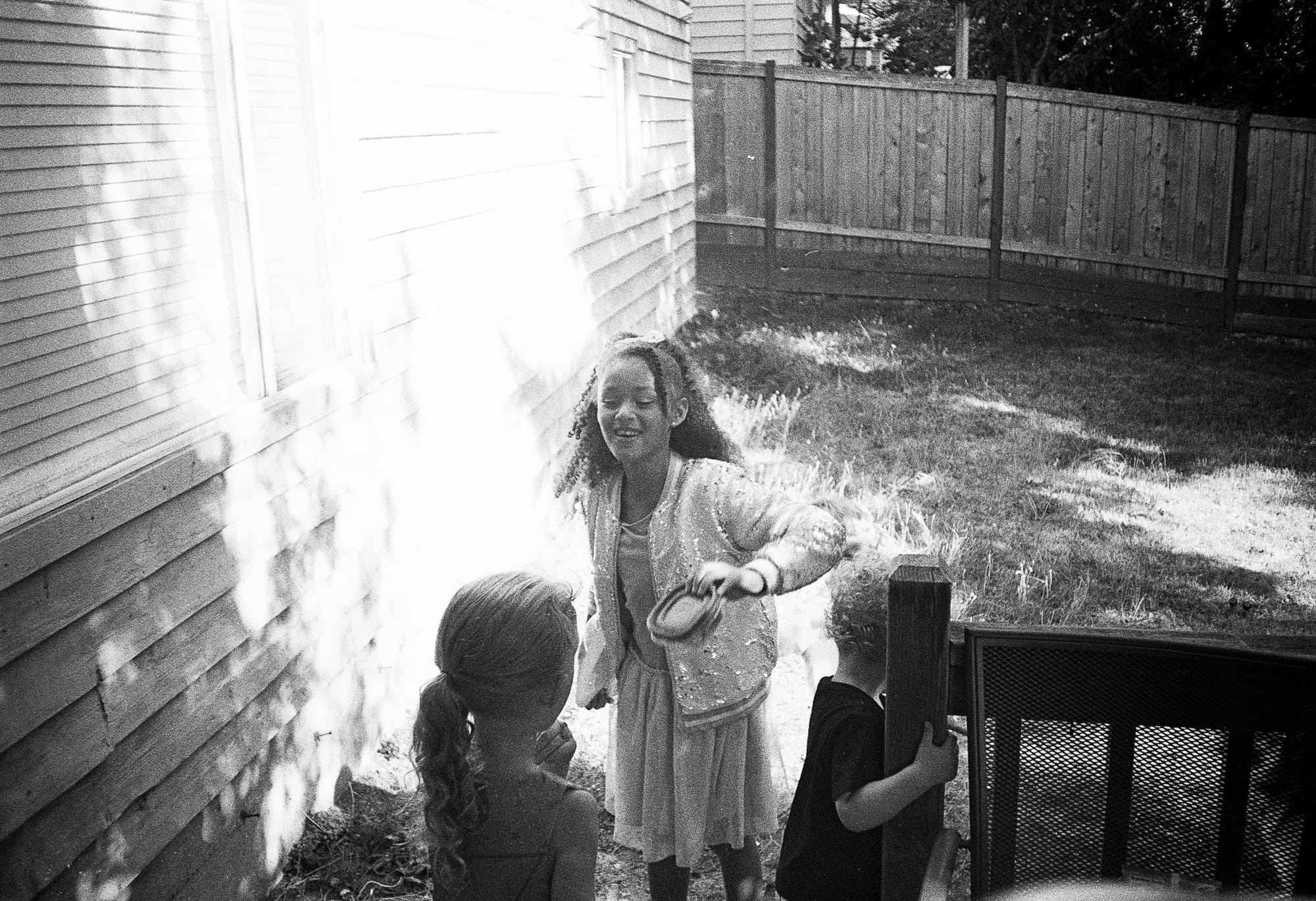
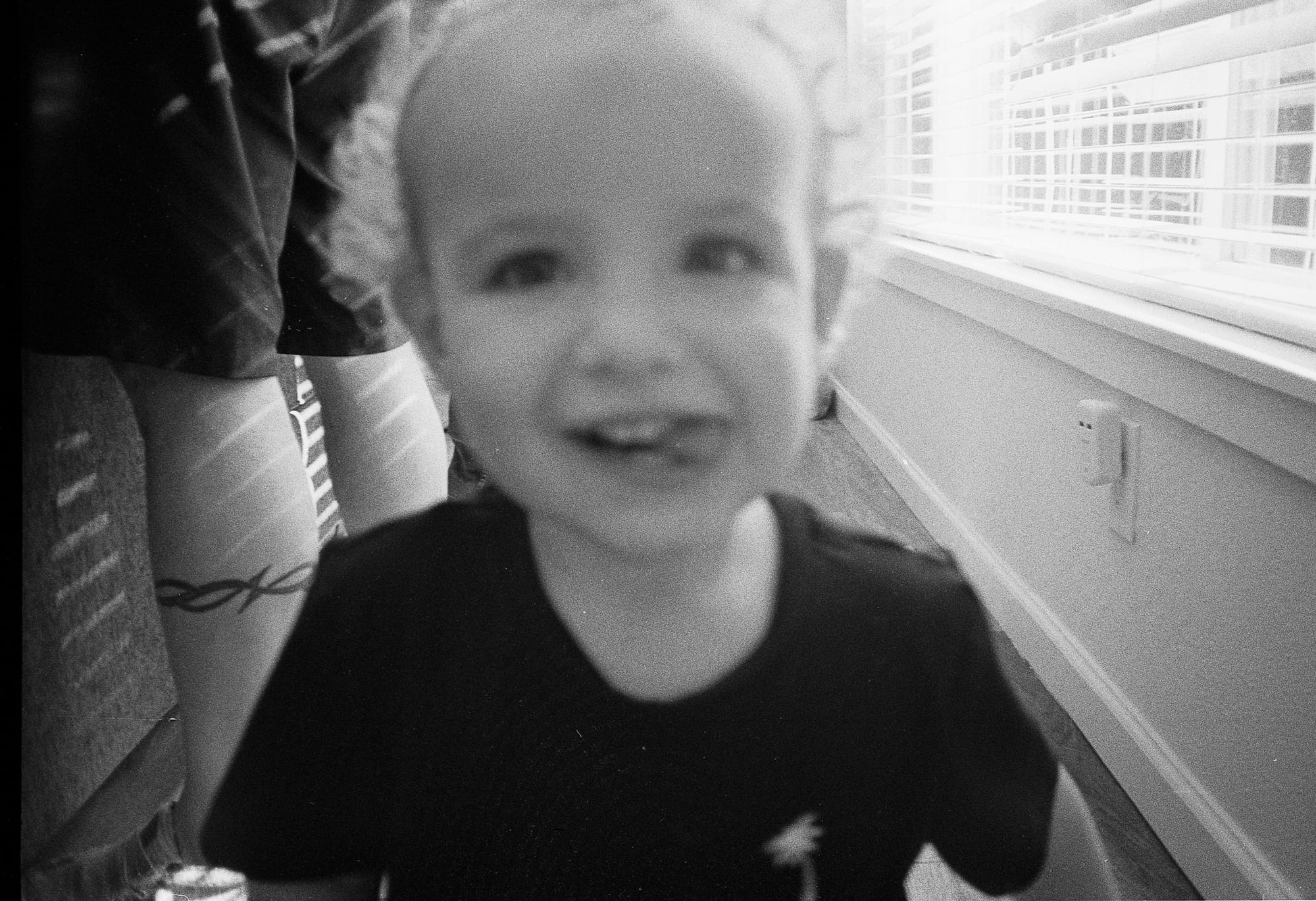
Overall, I'm really happy with the results. The development process was fun and opens up some possibilities to experiment and quickly iterate on. There are a few things I'd like to try next, like pushing the HP5 Plus film to 800 or 1600 instead of shooting it at the box speed.